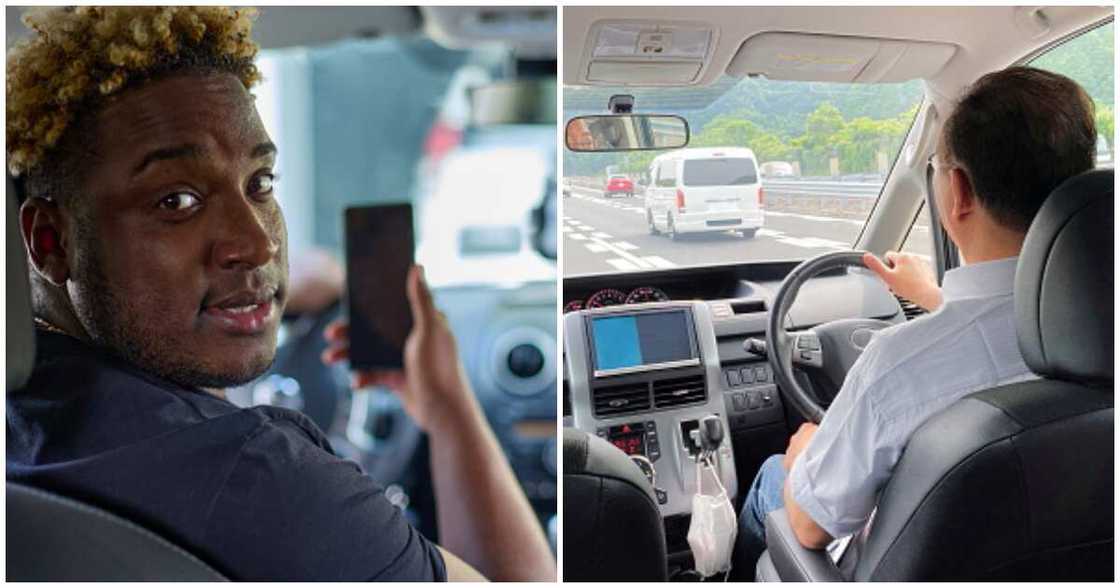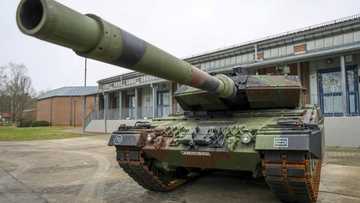Nigeria Changed From Right-Hand Drive to Left-Hand Drive in 1972, Here Is Why the Move Was Made 51 Years Ago
During Major-General Yakubu Gown's administration as the Head of State, Nigeria dumped the right-hand driving orientation for the left-hand drive.
PAY ATTENTION: See you at Legit.ng Media Literacy Webinar! Register for free now!
The historic monumental decision was made on Sunday, April 2, 1972, and significantly impacted the safety and efficiency of the country's roads.

Source: Getty Images
There were, however, specific concerns that inspired the decision to dump the British way of driving.
This article examines the reasons and some interesting sides to the decision.
Why Nigeria made the switch to left-hand drive in 1972
As international trade increased during that period and Nigeria became more modernised, it became evident that the right-hand side of driving needed to be revised for Nigerian drivers.
PAY ATTENTION: Subscribe to Digital Talk newsletter to receive must-know business stories and succeed BIG!
According to HistoryVille, Nigeria was encompassed by French colonies using the right-hand drive.
The drivers from these French colonies, such as Chad, Cameroon and Niger, used Nigeria's borders and ports, which caused Nigerian drivers to drive with a lot of confusion when delivering goods. And so, switching to the left-hand drive made so much sense and fixed the problem.
Also, countries that use the left-hand drive make up a sixth of the world's area and a quarter of its road. Plus, most countries that use the left-hand drive are giant automobile producers.
Apart from the switch being to improve safety and efficiency on the roads, the change was in tandem with other West African nations, many of which had already made the switch.
Challenges associated with the left-hand drive switch
The transition was not without its challenges, however. For one thing, a high cost was associated with converting Nigeria's entire vehicle fleet, including buses, taxis, and personal cars, to left-hand drive.

Read also
"2023 presidential election fell far short of minimum acceptable standards": Peter Obi laments
This was a financial burden that fell largely on the shoulders of ordinary Nigerians, many of whom struggled to make ends meet.
There were also concerns about the potential impact on Nigeria's auto industry, which was primarily focused on producing right-hand drive vehicles for the domestic market.
To address these concerns, the Nigerian government incentivised local car manufacturers to switch to left-hand drive production and allowed for a period of transition during which right-hand drive vehicles could still be used on the roads.
There is no gainsaying that the switch has been a successful one.
Team of Nigerian engineers constructs a locally-made car
Meanwhile, Legit.ng previously reported that a team of Nigerian engineers had constructed a locally-made car.
A team of engineers led by Alex Ephraim Akwiwu produced a car called IYI Celebrity with locally-sourced materials. The company, Ephraim and Jeoana Akwiwu Auto Shop, launched the car in Owerri, the capital of Imo state.
It is worthy of note that Alex was trained in Europe as an automobile engineer. He is also the CEO of the company that built the IYI Celebrity.
The CEO said that the plan to go into local production of vehicles began in 2011, an idea that was later made possible with the application of advanced technology in motor production and maintenance.
In 2016, the company produced its first vehicle, named IYI Combatant, with a new version released a year later, in 2017.
Source: Legit.ng



